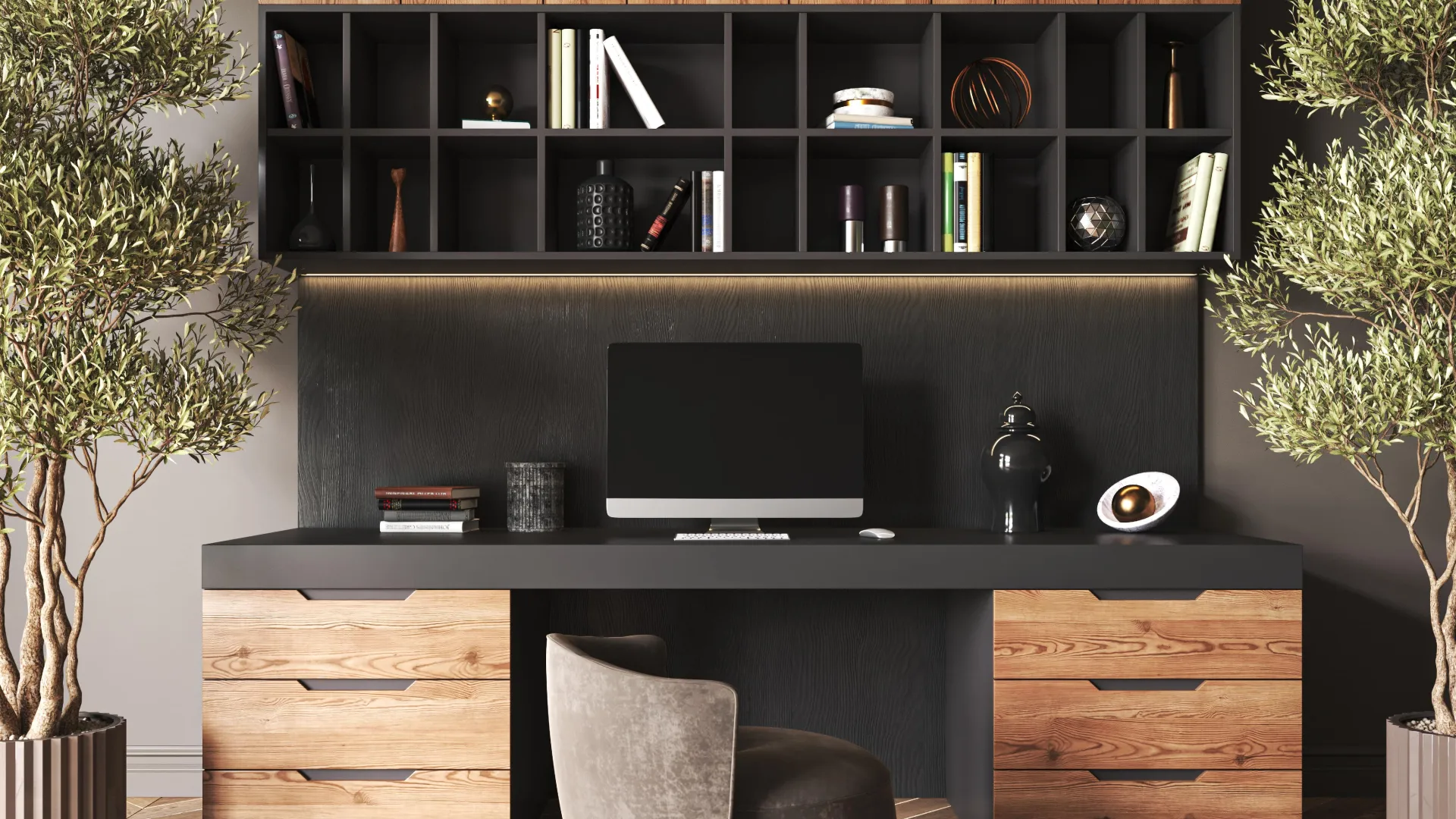
How Do You Design a Home Office in a Small Space?
We have recently gotten used to working from home, and soon, we will spend less time in the office and more time working at home. No one can deny that a comfortable, productivity-boosting organized office space that beautifully reflects your personality and home décor elements can make a reasonable difference in your daily work output. This makes the whole experience much more positive. No matter how minute your home is, building a home office in a small space can be very difficult, especially when living under the same roof with kids, relatives, and family members.
With a wall organization system for home office, serious planning, creativity, and hard work, you should be able to convert a small corner, be it the laundry room, closet, living room, or other areas in your home, into a workable home office. In the last few years, the increase in flexible working has made having a space to work from home vital. The days of balancing a laptop on an ironing board are long gone; carving our area for a full-sized study can be tricky. That is where small home office ideas are helpful, making the most of what we have.
4 Tips on How to Design a Home Office in A Small Space
This blog will discuss four tips on converting or designing a home office in a small space.
- Access your surroundings.
Accessing your surroundings; before setting up a home office gives you an upper hand on which area of the house you can use conveniently. Setting up your office in the living room, where the people staying with you often assemble, is inappropriate. First, look around the house, and observe the quietest corners where you know you can carry out your work tasks. If you live in a house with many bedrooms, consider designing one into a home office. Consider putting up a partition, like a partial glass all, to separate your home office from the rest of the house.
- Pick the right colors when designing.
Colors can have a quality psychological impact on people. Hence, Choosing the right color can mean a slight difference between high productivity and feeling sleepy every time you sit at your desk to work. Different colors emit people's physical and emotional responses, so you must choose wisely. Generally, light and airy colors are most preferably used for a home office.
- Purchase a desk that minimizes space.
If your home has no built-in desk option, consider turning an existing table into a desk. Invest in a stand-alone study desk and a home office wall organizer to keep your computer, printer, and other necessary equipment. Focus on desks that maximize the space in your office. Whether it's an L-shaped desk that fits in a bedroom corner, a writing desk that you can push up against the wall, or a floating desk that opens up floor space, be sure to purchase one that works best for your home.
- Get organized.
The most important thing you can help yourself with when working from home is to put organization as a top priority. With your home office organization products like a drawer organizer, shelving unit, and a cord clip, organizing your home and giving space will likely impact your productivity and help you stay sane when working out of a small space. Organize your office files, papers, and supplies in a home office closet organizer. Digitalize as much as possible and store work files on your computer or a shared drive.
Conclusion
Working remotely from home is fast becoming a new norm for many people. While many difficulties accompany this, a well-designed, comfortable office will make it look more effortless and straightforward. You'll get a place where you can focus and be productive without leaving the comfort of your home.
If you are worried about how to go about this or have difficulty converting a small space into a home office, contact us now, as we specialize in designing, manufacturing, and installing custom home storage solutions.
